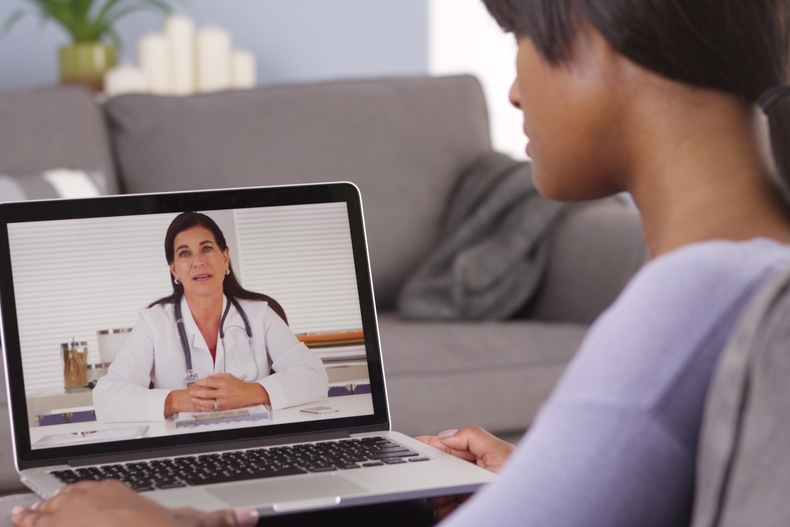“Video is about to become the way we all visit the doctor,” proclaims Wired magazine. While there have been predictions for decades about providing medical care via video chat — and pioneers like Google have been testing it out for awhile — a new decision by the country’s largest health insurer shows that telemedicine is finally entering the mainstream.
In April, UnitedHealthcare announced a partnership with three telemedicine companies to cover video-based doctor visits just as it covers in-person visits. Members will only have to pay their usual co-pay. For now, these virtual visits will be available only to United’s self-funded customers, with the plan of expanding to most members by next year.
This is a smart move by the health insurer, since a majority of Americans say they would be willing to use videos for a doctor visit, according to a Harris Poll survey. Of the 64 percent of patients who said they would visit their doctor via video, 61 percent said convenience was a deciding factor.
How video visits work
Frustrated by long patient wait-times in their clinical decision units that handled urgent and short-term observation care, Kaiser Permanente began offering patients in the Mid-Atlantic region the option of video visits in 2013. They experimented with different methods and found that an “assisted video visit” was far superior to other types of video chats.
This requires patients to go to the clinical decision unit and connect by video with a remote examining doctor. A nurse or clinical assistant with the patient can aid the doctor by applying a stethoscope or other instruments under the doctor’s direction. The examining doctor also has access to the patient’s EHR during the visit, and can order follow-up care. Kaiser believes that care coordination is the key differentiator between their video visit model and the models used by companies that focus on providing telehealth services.
The UnitedHealthcare model does not require patients to go anywhere for a video visit. Rather, they can dial in on their phones and have almost-instant access to one of 1,400 licensed doctors who can provide them with a diagnosis and a prescription by video. Adam Jackson, CEO of the Doctor on Demand platform that serves United members, says that around 92 percent of cases on Doctor on Demand require no in-person follow up.
According to Andrew Watson, the chief medical director of telemedicine at the University of Pittsburgh Medical Center, “Telemedicine is moving like lightning. We’re able to do so much more than before.”
Easing the burden on doctors
We know what’s in it for patients: convenience, lower costs, and greater access to care. But how do doctors benefit from video visits? Virtual visits can help offload some of their more easily treated cases in order to focus on patients who really need in-person care, Jackon told Wired. “These visits keep the colds and flus and allergies and bumps and bruises out of the offline settings. That frees up the waiting rooms, so doctors can treat more pressing issues.” Kaiser Permanente has found that their doctors can see an average of six patients per hour via video visits, compared with an average of 1.6 for in-person visits. This is likely due to the nature of video-visit patients’ conditions.
So what can your practice learn from this trend, if video chats with patients are not an option right now? Plenty. Patients indicate that convenience is the biggest advantage of video visits. Can your practice do anything to expand your after-hours care offerings, such as evening or weekend hours? Can you provide more robust patient education materials on your website or via email that answer their common concerns and are available whenever patients need them?
In the Harris Poll survey, 70 percent of patients said they would prefer to receive a prescription via online video visit versus an in-person office visit. Making prescription refills quicker and easier, say, by offering online refills, might be just as effective as video for meeting your patients’ needs. Video chats are only one of the many technology solutions currently available that make both patients’ and doctors’ lives easier and health care better.
To find out more about how you can improve your practice’s technology to better serve patients, subscribe to our newsletter.

